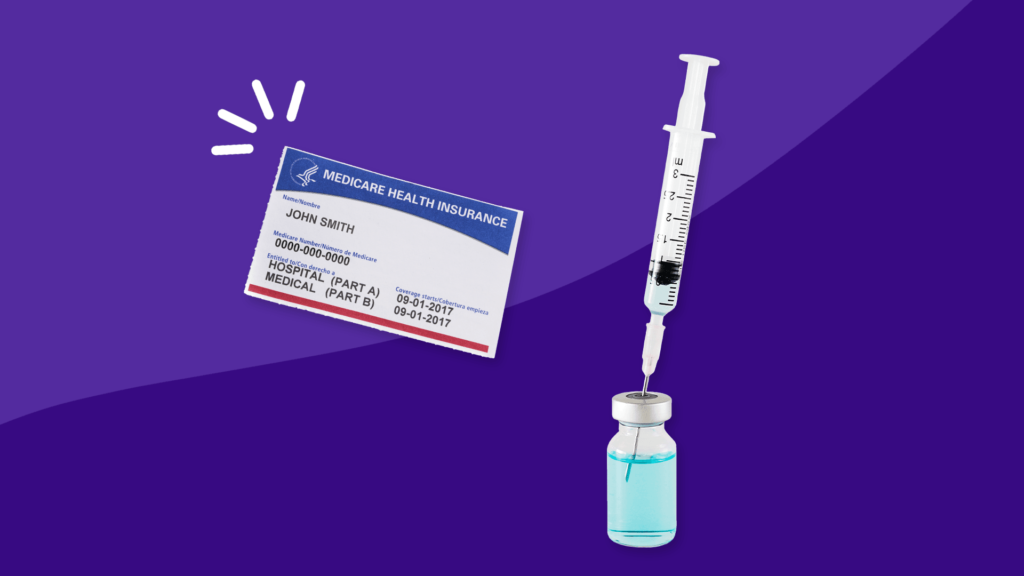Managing diabetes often comes with substantial financial strain, particularly for those reliant on insulin.
However, recent reforms within Medicare’s Insulin Coverage Part D and Part B have introduced a pivotal change – capping the cost of insulin at $35 for a one-month supply, significantly alleviating the financial burden for individuals grappling with diabetes management.
Moreover, this cap extends to both Part D and Part B-covered insulin, presenting relief across varying Medicare plans.
Understanding Medicare’s Insulin Coverage
Medicare’s Insulin Coverage offers two primary avenues for insulin coverage – Part D and Part B. Detailed insights into these plans, encompassing associated costs and eligibility criteria, are available on the ASPE webpage.
This platform also serves as an essential resource for beneficiaries, providing updates on policy alterations that impact insulin coverage.
A Holistic Approach to Diabetes Care by Medicare’s Insulin Coverage
While insulin coverage stands as a crucial aspect, Medicare adopts a comprehensive strategy toward diabetes care.
As per GoodRx, Part B of Medicare encompasses supplies, services, and preventive screenings for diabetes, while Part D covers antidiabetic medications and certain supplies not included in Part B coverage.
Tip: Please fill out the form if you or a friend would like more information on glucose monitors for diabetes management.
This umbrella extends to blood sugar test strips, continuous glucose monitors, insulin, and other requisite diabetic supplies. However, it’s imperative to note that Medicare imposes limitations on tests, equipment quantities, and training service durations covered.
Legislative Influence: Unveiling the Inflation Reduction Act
The introduction of the Inflation Reduction Act in July 2023 marked a monumental step in capping out-of-pocket expenses for a 1-month insulin supply at $35 for Medicare beneficiaries, eliminating the necessity for deductibles.
This legislation encompasses diverse measures, including Medicare drug price negotiation, free vaccines under Medicare Part D, implementation of an out-of-pocket maximum, capped insulin costs, and restrictions on drug price escalations.
These concerted efforts strive to render prescription drugs more accessible and predictable for Medicare beneficiaries.
Don’t miss the Guide about Wegovy Dosage Guide: The Best Way For Weight Loss
Selecting the Ideal Medicare’s Insulin Coverage Plan for Personal Requirements
Choosing the most fitting Medicare plan aligning with individual needs remains pivotal. Platforms like the AARP Medicare Plans website furnish valuable insights into estimating drug costs and identifying suitable plans.
Notably, it sheds light on UnitedHealthcare Medicare Advantage Prescription Drug (MAPD) plans, showcasing information about the UnitedHealthcare Right Plan Promise™.
Must Read CGMs in noncritical care hospitals optimizes glycemic control
Initiatives by Insulin Manufacturers: Lowering the Cost Barriers
In tandem with Medicare’s Insulin Coverage strides, the three major insulin manufacturers in the U.S. announced a substantial 70% reduction in insulin costs in 2023.
This considerable reduction in pricing undoubtedly serves as a welcome relief, alleviating the financial stress encountered by numerous individuals reliant on insulin, further fortifying the drive toward more accessible diabetes management.
Also, read about Pharmacists Test CGMs for Diabetes Management
Closing Thoughts on Enhanced Diabetes Care
The enforced cap on insulin expenses, combined with Medicare’s comprehensive coverage, emerges as a game-changer, fostering increased affordability in diabetes management.
Legislative interventions such as the Inflation Reduction Act, coupled with initiatives by insulin manufacturers, signify a promising trajectory for diabetes care in the United States.
These collective efforts aim to alleviate the financial strain linked with managing this chronic condition, painting a brighter future for diabetes management in the nation.


